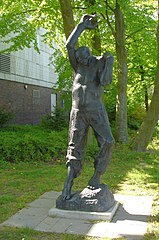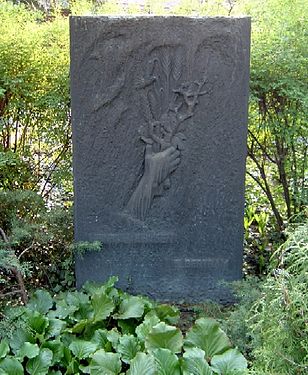
Elisabeth Schumacher was a German artist, photographer. and resistance fighter against the Nazi regime. She was a member of the Berlin-based anti-fascist resistance group that was later called the Red Orchestra by the Abwehr, during the Third Reich. Schumacher trained as an artist, but as her father was Jewish, who died in battlefield during World War I, she was classified as half-Jewish or Mischling, so worked as a graphic artist, before joining the resistance efforts.
Norbert Kricke was a German sculptor.

Edwin Scharff was a German sculptor. He was born in Neu-Ulm and died in Hamburg.

Abraham David Christian is a German sculptor.
Franz Rosei is an Austrian sculptor and draughtsman. His brother is the writer Peter Rosei.

Will Lammert was a German sculptor. In 1959 he was posthumously awarded the National Prize of the German Democratic Republic.

Herbert Sandberg was a German artist and caricaturist. He was best known for his caricatures in the satirical magazine, Ulenspiegel, which he co-founded and art directed. He is also well known for his drawings of Bertolt Brecht and for his column, Der freche Zeichenstift in the magazine, Das Magazin. A member of the Communist Party, a Jew, and a German Resistance fighter, Sandberg spent 10 years in a Nazi prison and in Buchenwald concentration camp. He conceived the idea for Ulenspiegel while a prisoner there and began working on it almost immediately on liberation.

Georg Wrba was a German sculptor and graphic artist. He created some 3,000–4,000 works, including as a collaborator of the Zwinger workshop.

Hanna Berger was an Austrian dancer, choreographer, teacher, director, theatre director, writer and lifelong anti-Nazi and communist. She was described as part of the free dance movement.

Ruthild Hahne was a German sculptor. Her most productive phase coincided with the early years of the German Democratic Republic.
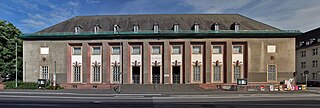
The Bildindex der Kunst und Architektur is an open online database of 2.2 million photographs of 1.7 million artworks and architectural objects. The owner/operator of this database is the German Documentation Center for Art History known formally as Bildarchiv Foto Marburg.

Joachim Schmettau is a German sculptor.
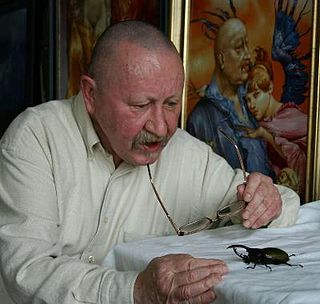
Heinz Zander is a German painter, graphic artist, illustrator and writer. Zander belongs to the Leipzig School. His fields of work are painting (oil), drawing, graphics and illustration. He is also active as a writer and publishes novels, stories and essays. Zander worked with painting techniques oriented towards the Old Masters, from which he developed a completely independent pictorial language. He was inspired by Bosch, Grünewald, Altdorfer, Cranach and Italian Mannerists. He works mainly with colourful resin-oil glazes.
Hans Steger was a German sculptor.

Oda Schottmüller was an expressive dancer, mask maker and sculptor. Schottmüller was most notable as a resistance fighter against the Nazis, through her association with a Berlin-based anti-fascist resistance group that she met through the sculptor Kurt Schumacher. The group would later be named by the Gestapo as Die Rote Kapelle.
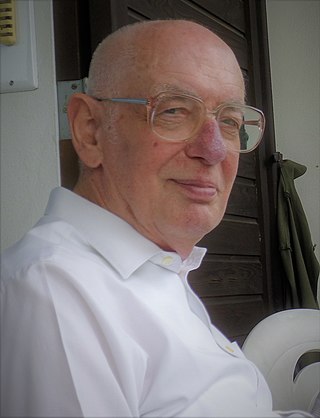
Peter Heinz Feist was a German art historian.

Ernesto de Fiori was a German painter and sculptor of Italian and Austrian descent. A dazzling personality himself, he rose to fame as a society portraitist and a major protagonist of Berlin's vivid art scene during the Weimar Republic. One of the many artists defamed as "degenerate" by the Nazis in 1937, de Fiori emigrated to Brazil where he died in 1945.

The Akademie der Künste der DDR was the central art academy of the German Democratic Republic (DDR). It existed under different names from 1950 to 1993. Then it merged with the "Akademie der Künste Berlin (West)" to become the Academy of Arts, Berlin.
Karl Krug was a German painter.
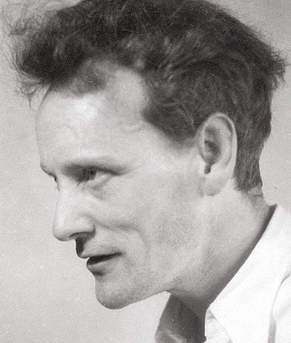
Wilhelm "Willy" Schürmann-Horster was a German actor, dramaturge, and director, who was a marxist and dedicated communist, and who became a resistance fighter against the Nazis. As a young man, Schürmann-Horster trained as an actor at the Düsseldorf Drama School. During the 1920s he worked in various acting troupes in theatres in the Rhineland. By the mid 1930s, he had become a communist and in 1934 and 1935 he was arrested for political agitation but acquitted for lack of evidence. After moving to Berlin in 1937, he met and became friends with Cay and Erika von Brockdorff. Through them, a discussion group of like-minded friends was formed who openly discussed current affairs and Schürmann-Horster became their spokesman. Through contacts in the group, connections were made with a resistance organisations that was run by Harro Schulze-Boysen and Arvid Harnack in 1940. Although Schürmann-Horster wasn't a physical resistance fighter in the cast of Harro Schulze-Boysen, he was an intellectual opponent of the Nazis who displayed his convictions on the stage and as a result never took part in any of the operations that his friends undertook. After falling ill in 1941, Schürmann-Horster moved to Konstanz where he worked as a dramaturge at the Grenzland Theatre. In October 1942, he was arrested and sentenced to death for "high treason", "dissemination of illegal writings" and "aiding and abetting the enemy" by the 2nd of the Volksgerichtshof. He was executed in Plötzensee Prison on 9 September 1943. He was described by his close friend, the communist trade unionist Rudy Goguel in the daily newspaper Südkurier as



